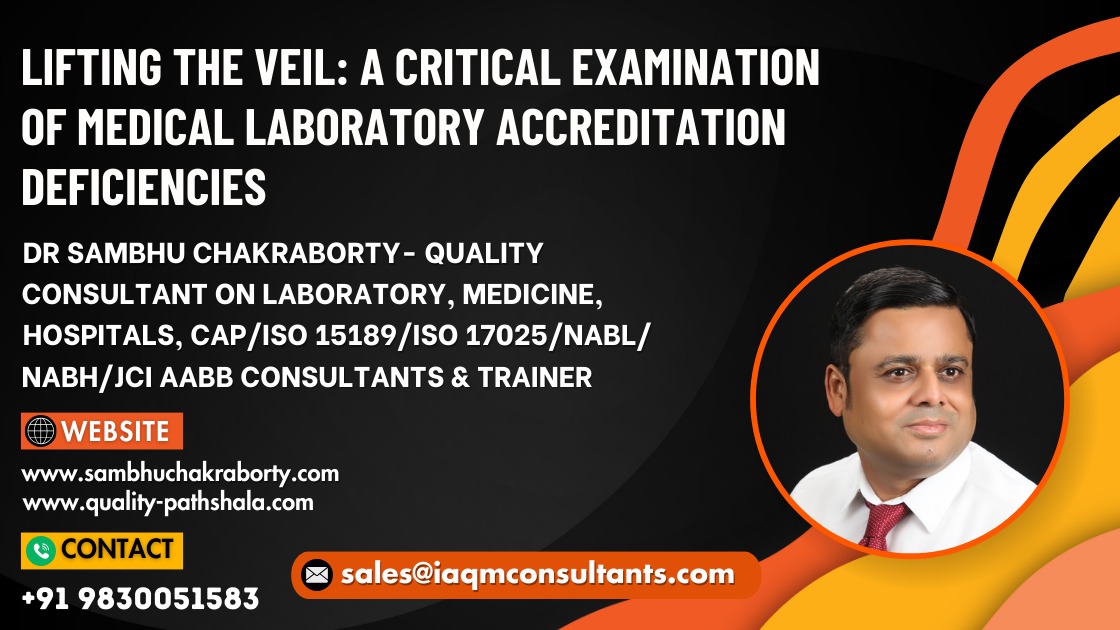Introduction: Medical labs have specific rules, known as standards, which they must follow.
These rules make certain that labs provide accurate results and ensure the safety of
patients. One of the main standards used worldwide is ISO 15189. However, when
examined closely, there are areas where this standard could be better.
Problems with ISO 15189:
- Complex Language:
Details: ISO 15189 uses technical and complicated language. This language
might be hard for everyone, especially those who aren’t experts, to
understand.
Impact: Due to this complexity, not every lab might interpret or apply the
standards in the same way, leading to inconsistencies in quality across
different labs. - Emphasis on Theory:
Details: The standard often discusses theoretical concepts but doesn’t give
enough practical guidelines for real-world lab operations.
Impact: Labs face many challenges in their daily operations. If the standard
doesn’t guide them on these challenges, labs might struggle to maintain
consistent quality. - Accreditation Concerns:
Details: Accreditation bodies grant labs a certificate that proves they meet
ISO 15189. However, some of these bodies might be more focused on making
money rather than ensuring labs genuinely meet the required quality.
Impact: If accreditation bodies aren’t thorough, some labs might receive
certification even if they aren’t up to the mark, potentially compromising
patient safety. - Purpose of Certification:
Details: For many labs, the main goal has become just obtaining the
certificate rather than ensuring ongoing quality.
Impact: If labs prioritize certification over actual quality, patients might
receive inaccurate results or face other risks. - Economic Challenges:
Details: Labs face financial pressures, leading them to sometimes cut corners
or compromise on quality to save costs.
Impact: If labs reduce quality to save money, they might not provide reliable
results, which can be dangerous for patients. - Staffing Issues:
Details: Many labs face challenges in hiring and retaining skilled staff.
Additionally, not all staff members might see the importance of adhering to
standards.
Impact: Without enough trained staff who understand the importance of
standards, maintaining consistent lab quality becomes difficult. - Lack of Regular Monitoring:
Details: Accreditation bodies sometimes don’t conduct frequent or thorough
checks on labs after granting them certification.
Impact: Without regular checks, labs might let their standards slip, leading to
potential risks for patients.
Recommendations for Improvement: To address these issues:
The language of ISO 15189 should be simplified so that everyone can understand and
apply it consistently.
The standard should offer more practical guidelines, covering real challenges faced
by labs.
Accreditation bodies need to be more thorough and unbiased in their assessments.
Regular monitoring and audits should be conducted to ensure labs maintain their
quality over time.
Conclusion: Medical lab standards, like ISO 15189, play a crucial role in ensuring patient
safety. It’s essential to continually review and improve these standards to keep up with the
changing needs and challenges of the medical field.
